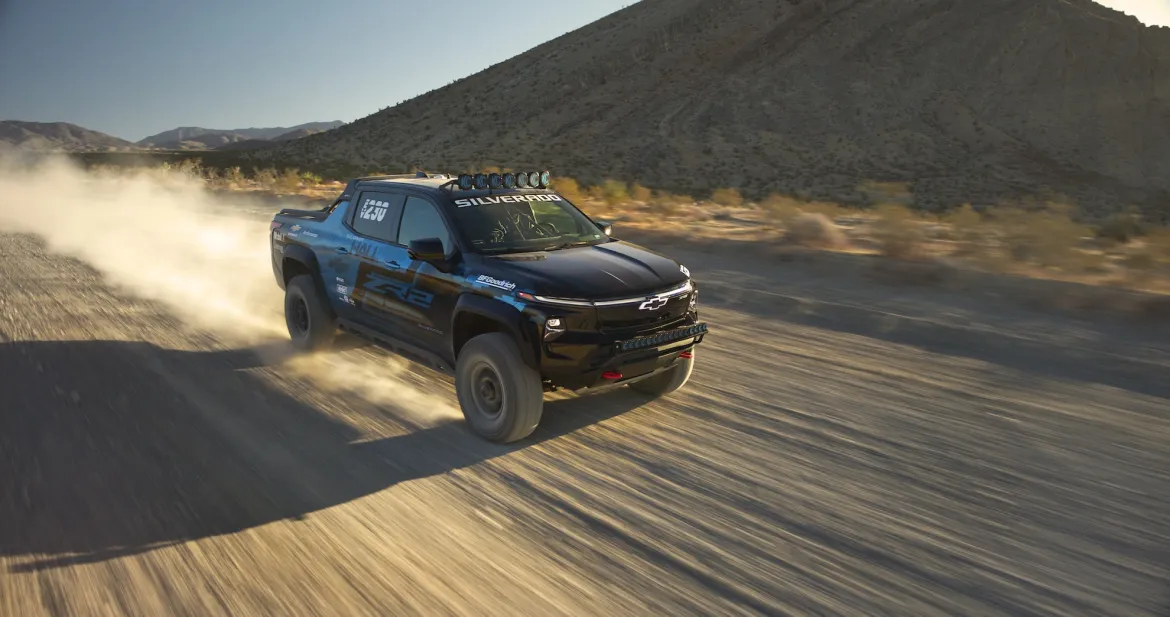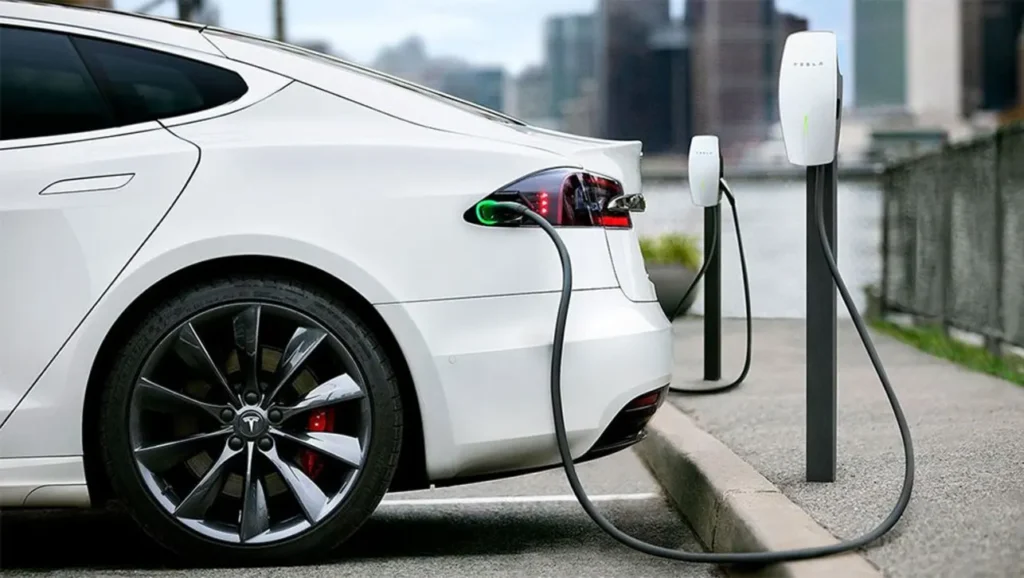
General Motors has announced a new battery chemistry — lithium-manganese-rich (LMR) — that aims to deliver a sweet spot between high performance and affordability. The automaker claims LMR batteries will significantly reduce costs while still delivering electric vehicle (EV) ranges near 400 miles, particularly in its truck segment.
“With LMR, we can deliver over 400-mile range in our trucks while significantly reducing our battery costs,” said Kurt Kelty, GM’s VP of battery, propulsion, and sustainability, in an interview with TechCrunch.
Cutting Costs Without Cutting Corners
Unlike current high-end nickel-manganese-cobalt (NMC) batteries — used in models like the Silverado EV, which boasts 492 miles of range — LMR technology dramatically reduces the use of costly and scarce materials like nickel and cobalt. Instead, it leans heavily on manganese, a more abundant and affordable resource.
Whereas NMC cells can contain up to 80% nickel and 10% cobalt, GM’s LMR formula brings that down to 30–40% nickel and as little as 0–2% cobalt, with manganese making up 60–70% of the content. This shift helps cut battery costs, reduce reliance on foreign suppliers, and promote domestic production — all while retaining much of the range offered by premium EV batteries.
Bridging the Gap Between LFP and NMC
GM’s current lineup also includes more affordable options using lithium-iron-phosphate (LFP) batteries, which are cheaper but offer shorter range — around 350 miles for trucks — and come with a price cut of roughly $6,000. LMR batteries aim to match the cost-effectiveness of LFP while offering range closer to high-performance NMC cells, giving GM an advantage in the mid-market segment.
According to Andy Oury, GM’s business planning manager, LMR cells are ideally positioned to take over a large portion of the EV market: “LFP will power entry-level models, NMC will continue to serve long-range needs, and LMR will fill the critical middle ground.”
Tackling Past Challenges with Innovation
Manganese-rich batteries have historically struggled with degradation issues. GM claims it has solved these problems through a decade of R&D and rigorous material testing. In recent years, the automaker has succeeded in building large-format LMR cells that closely resemble those used in today’s EVs. So far, the company has manufactured about 300 such cells, with real-world testing representing approximately 1.5 million miles of driving.
Another major change is in the cell format itself. Instead of the pouch-style cells found in current Ultium battery packs, LMR batteries will use prismatic cells — a shift that could reduce battery pack components by more than 50%. Kelty said this structural change alone brings “huge” savings.
Scaled Production on the Horizon
The new LMR cells will be built by Ultium Cells, GM’s joint venture with LG Energy Solution, which has already invested billions in domestic battery production. GM holds over 50 patents related to LMR, though LG may also pursue its own version of the chemistry.
Production scaling is already underway, with a 2028 target for full deployment across GM’s EV lineup. Kelty expressed confidence in the timeline, citing strong performance metrics, committed partners, and localized supply chains that offer logistical advantages over nickel-heavy or LFP alternatives.
“We have the performance, we have the partners, and we have the manufacturing sites. Everything’s lining up for this to move fast,” Kelty said.

